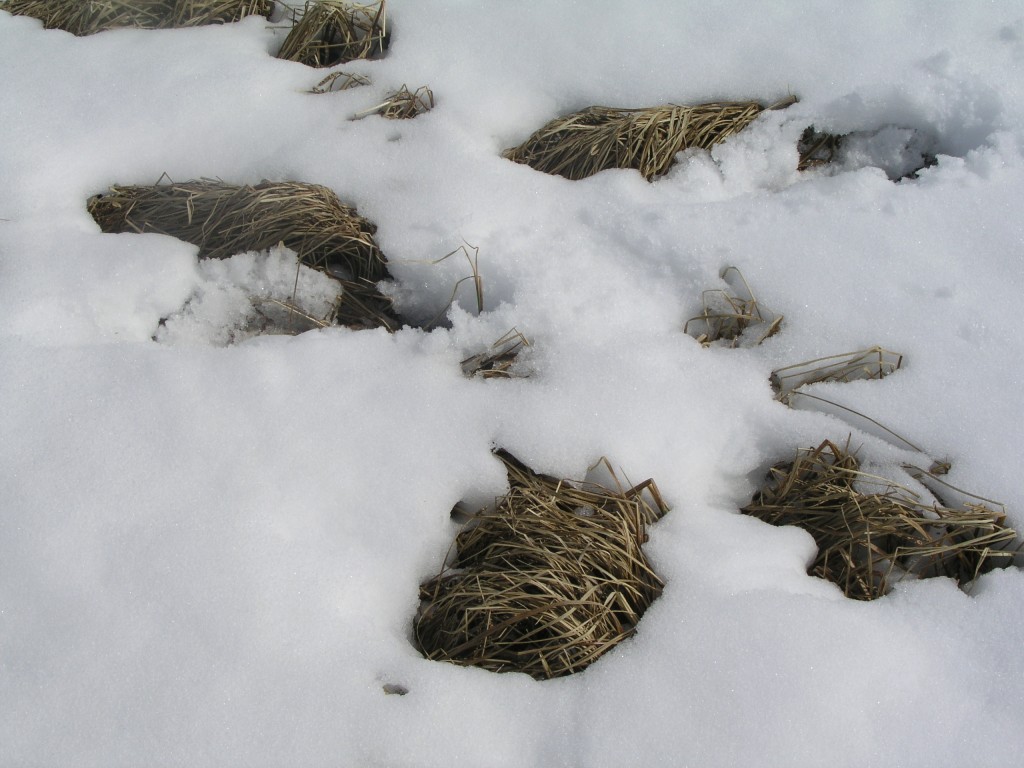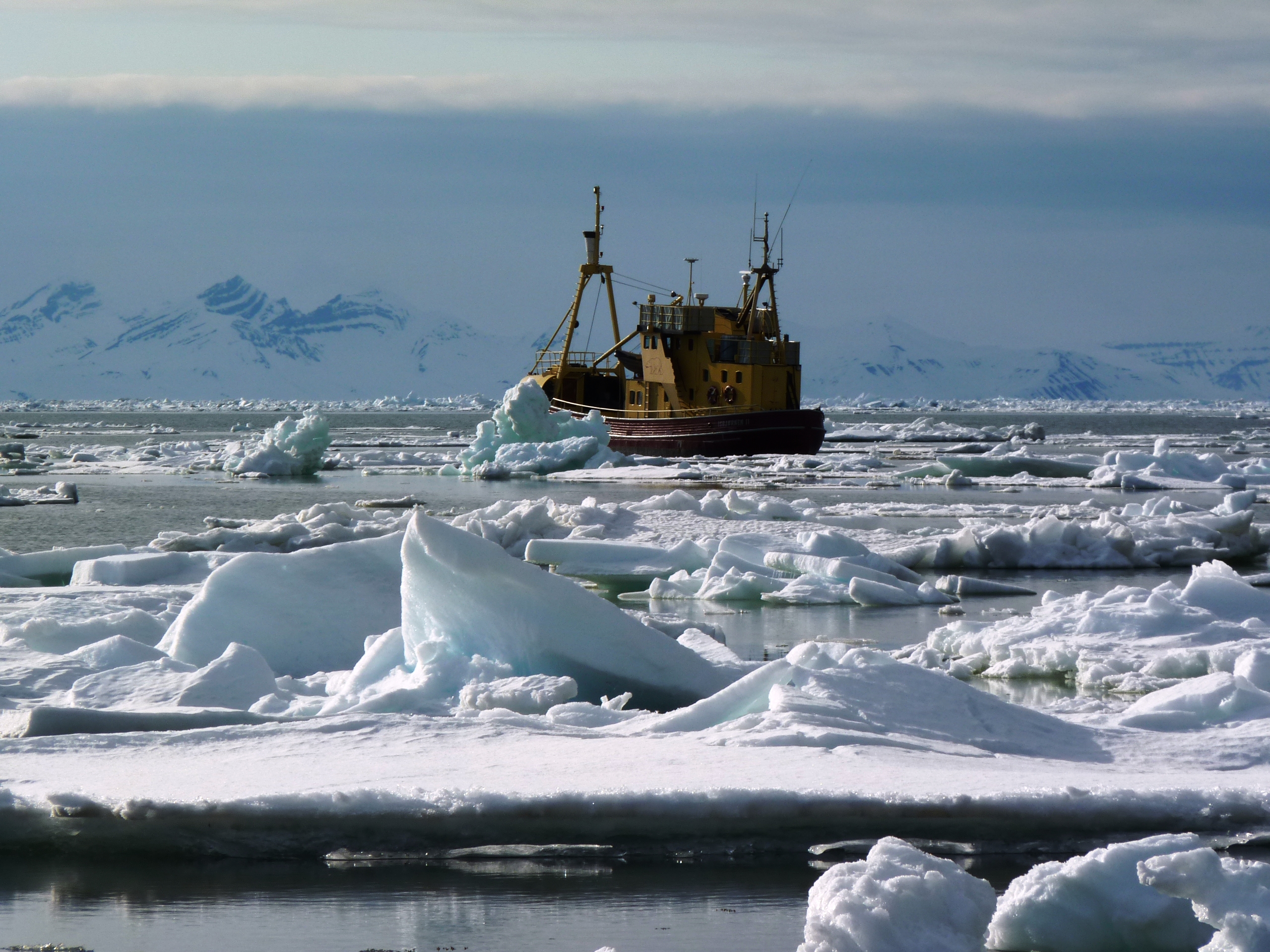Search Results for Tag: Tsá Tué
UNESCO acknowledges Arctic site
Tsá Tué, Courtesty of UNESCO
I registered that UNESCO had added 20 sites to its World Network of Biosphere Reserves during a meeting in Lima, Peru, in March. It escaped my notice, though, that one of them was in the Canadian Arctic. Thanks to @polarkatja on Twitter, I found out that Tsá Tué in Canada’s Northwest Territories was one of the new sites added to the list this year.
I have been trying to find out the background, and exactly what that means for the area and the small community of people who live there.
The area includes Great Bear Lake, which is described by UNESCO as “the last pristine Arctic lake”. I would like to know exactly what criteria are used to come to that conclusion, but have drawn a blank so far. It is the largest lake located entirely in Canada, covering an area of 12,000 square miles, on the edge of the tree line and hundreds of miles from large centres of population. It’s on the Arctic circle, and is said to be covered with ice from late November to July. (Normally, or hitherto, I should probably say. Who knows how long that will be the case with the Arctic warming so fast).
According to the brief description I found on the UNESCO website, the Taiga that covers much of the site is important to wildlife species including the muskox, moose and caribou.
The only human residents in the site are the Sahtúto’ine (The Bear Lake People), a traditional First Nation Dene Déline people (whose name means “where the water flows”). Their community of 600 is established on the western shore of the lake, where they live off harvesting and limited tourism activity.
It seems they must have been doing a fine job combining ecological and environmental concerns, which is why they have been added to the UNESCO list. It seems fair to say the sites on the list are sort of best practice examples. These are sites of global importance to both biological and cultural diversity and, together, they represent an almost full range of the planet’s ecosystems, according to the UN body.
UNESCO Biosphere Programme
UNESCO created its “Man and the Biosphere Programme” (could it perhaps be time to switch to “Humankind…?”) in the 1970s as an intergovernmental scientific programme to improve the way people in different parts of the world live with their natural environment. Biosphere reserves are supposed to be places to learn about sustainable development and reconciling the conservation of biodiversity with the sustainable use of natural resources. Not an easy task.
The total number of biosphere reserves is now at 669 sites in 120 countries, including 16 “trans-boundary” sites. New reserves are designated each year by the International Coordinating Council of the Programme, which brings together elected representatives of 34 UNESCO Member States.
Biosphere, SDGs and Paris Agreement
This year, the 4th World Congress of Biosphere Reserves ended on 17 March in the capital city of Peru with the adoption of a Declaration and a new ten-year Action Plan.The Lima Declaration sets out to promote synergies between Biosphere Reserves and the United Nations’ 2030 Sustainable Development Goals and the Agreement on Climate Change, adopted in Paris in late 2015. Clearly, none of these agreements can function in isolation.
The text recommends a “wider and more active role” for local communities in the management of the reserves and the establishment of “new partnerships between science and policy, between national and local governance, public and private sector actors.” It also calls for greater involvement of citizen groups and organizations, notably indigenous and youth communities and stresses the need for collaboration with scientific institutions such as universities and research centres. It is not hard to see that remote communities in the Arctic are a fine place to implement this.

Remote Arctic communities rely on close cooperation. (First Nation guide standing bear guard for scientists) (Pic: I. Quaile)
Remote Arctic communities rely on close cooperation. (Pic: I.Quaile)
Threat from pollution and climate change
The Deline settlement is on the Great Bear Lake, near the headwaters of the Bear River. There is an ice crossing from Deline to the winter road on the far side of the Great Bear River. It seems there was an accident there just last month (March 2016) when a tank truck fell partway through the ice road, just a few days after the government had increased the allowed maximum weight limit to 40,000 kg (88,000 lb) on the road. The truck was loaded with heating fuel for the community, and the accident close to the community’s fresh water intake as well as a major fishing area. This would seem to illustrate the problems human settlement can cause for a key nature reserve area. In fact, it was possible to remove the fuel from the truck.
In terms of sustainable economic activities, today, the lake is a popular destination for people interested in fishing and hunting. Apparently, the largest lake trout ever caught by angling was caught here in 1995. One tourism website advertises the exclusivity of the region, saying only 300 anglers are allowed to fish every year.
In the past, though, mining has been carried out in the region, with uranium, silver and copper in evidence.
As well as climate change, possible mineral, oil and gas and mining exploration put additional pressures on the Lake region, says the UNESCO designation. “Local community elders and leaders worked for many years to develop environmental stewardships,” it says. Being added to the list is an acknowledgement of their commitment, and a way of increasing awareness of the continuing need to protect the area against these threats. The Yorkton News notes that the designation does not carry any legal protection for the land or restrict local decision-makers. “Its purpose, according to the Canadian Biosphere Reserves Association, is to share best practices and make it easier to conserve ecosystems without damaging residents’ ability to make a living on them”.
My congratulations to those who have succeeded in getting the region onto the UNESCO list. And I sincerely hope it will help you continue to restrict human influence on this key area and give encouragement to all those fighting to protect the Arctic on all levels. For that, though, they would have to know about it. So, Iceblog readers, now you have heard a little about it, let’s spread the word.



















Feedback